Music at Christmas and gifts on trees, the traditions - 2019
Music at Christmas and gifts on trees, the traditions - 2019
Mangalore Today News Network
Mangaluru, Dec 23, 2019: The Yuletide as Christmas is also known, with church, festivities, carols and feasting even in Kanara’s small towns and villages, has come from tradition spilled over from European rule and Christianity to some extent, but the indigenous influence and innovations are strong. The current trend is more universal with rapid spread of electronics and social media.
The Christmas tree, in particular, shines brightly here as all over the world since long; gleaming with bells and baubles, illumining the winter-dark in ordinary homes. At the top of the tree a special glittering star always admired.
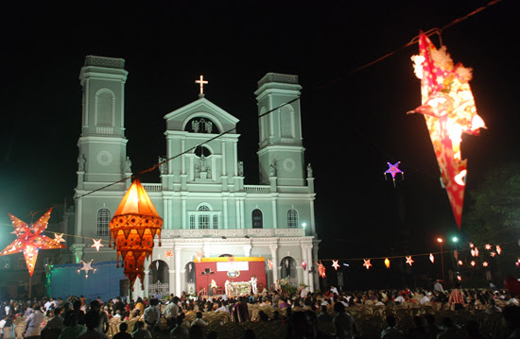
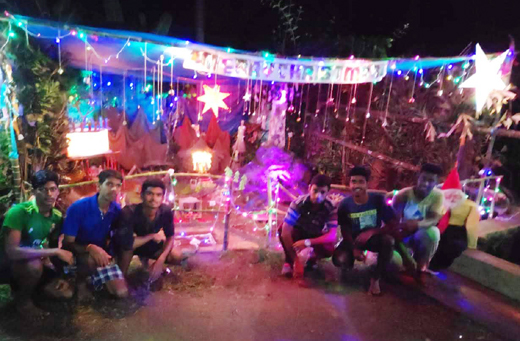
It was customary for a star to occupy pride of place on a Christmas tree. Such an object would not only be attractive but also inspirational, symbolic as it was of the Star of Bethlehem.
Decorated homes, churches and streets glitter against the nights of December. Years ago, the Choirs of Angels sang and announced the birth of Christ; now, many choir groups replicate this belief.
Going around and singing merry Christmas songs, the birth of Jesus is thus commemorated. Called carolling, this tradition adds to the Christmas cheer.
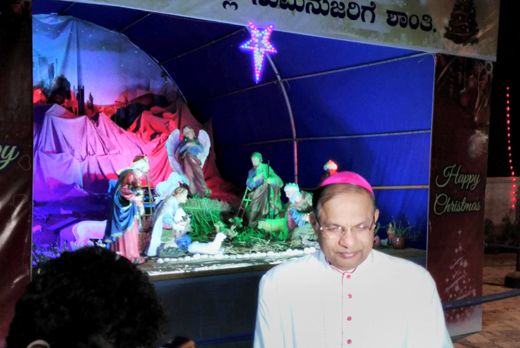
History of the traditions: Singing of carols can be traced back to the pagan festivals before the advent of Christmas; it’s also believed to be an oral tradition that was passed down through the ages.
Some claim that it was probably introduced between the 3rd and the 4th centuries to commemorate the nativity of Jesus Christ and sung solemnly only in Latin.
Later, in the 13th century, when Saint Francis of Assisi, the Roman Catholic Saint for animals and the environment, integrated upbeat Latin hymns in Christmas services, carolling gained momentum.
He then introduced Nativity plays with songs written in the local people’s language. This boosted the idea of carol-singing and soon it spread across Europe.
Carol singing is also associated with singing for charity in churches and neighbourhoods. This practice is also said to have evolved from the custom rooted in feudal societies where the poor would “sing for their supper” in exchange for food or drink. However, according to another theory, door-to-door singing of carols evolved as carols were not allowed to be sung in churches.
It was only in the 16th century that modern carol-singing flourished. Known as Wassailing — wassail being a thick, hot spiced beverage — the Anglo-Saxon peasants adapted the pagan custom of requesting a drink from their landlords in exchange for singing good tidings.
Wassailing soon became associated with Christmas and carolling.
Between 1649 and 1660, Christmas celebrations were banned by Oliver Cromwell, a military and political leader, and this affected carolling. Nonetheless when King Charles II came back to the throne in 1660, the public singing of Christmas carols was permitted again. It is also believed, according to a legend, that the word carol is named after Carol Poles, a little English girl.
She is said to have gone missing in London during the holiday season in the late-19th century. Those looking for her went door-to-door singing to inform of their good intention, goes the legend. Today carol- singing is an integral part of Christmas.
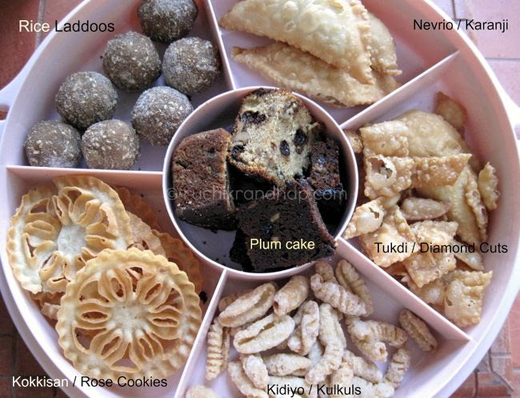
In Karnataka...: Preparations and song starts two weeks prior to Christmas when groups go around singing Christmas melodies. Dressed in Christmas colours and sporting Christmas paraphernalia such as the Santa cap, the carolling group takes one person dressed as Santa in the typical red suit. This gives a surreal spirit to Christmas. In all major cities and towns of Karnataka carolling has steadily gained popularity.
Medley groups start their practice sessions way earlier. Visiting Rehab-Homes, sick bays, old-age homes and sometimes prisons are often on the carolling agenda. With portable musical instruments such as guitar and violin for accompaniment and numbers both upbeat and sober, the season’s spirit of spreading goodwill and joy is carried out by the carol singers in December evenings.
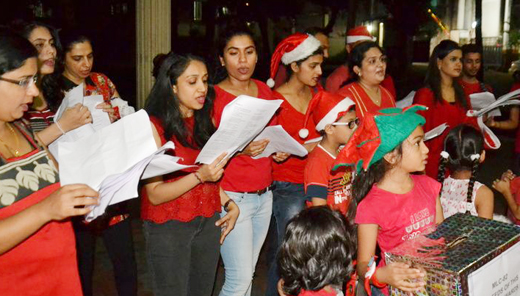
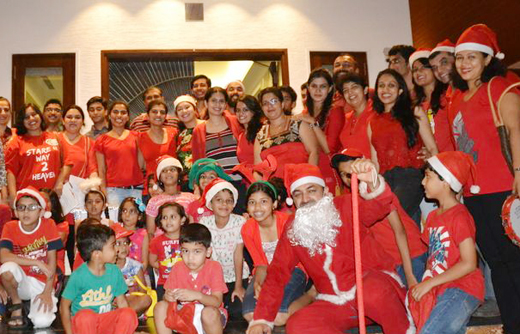
In Mangaluru and smaller cities, though the scale of carolling is smaller than in Bengaluru, it’s integral no less. Carol performances, if priced, are for charity. What better way to symbolically go back in time and join the Choirs of Angels that took the good news of the birth of Jesus Christ.
The mood is warm and upbeat in Mangalore this year too in most ways in spite of the dampening curfew and disturbances which have fortunately brought under control. It is expected that things will pick up from today December 23, Monday with the curfew retracted. All citizens from all social backgrounds want only peace and goodness always.
Churches, homes, convents and other Christian institutions have been laying out cribs, depicting the birth of Infant Jesus. These cribs showcase the spirit of Christmas and to declare the birth of the savior who is born for his people. Cribs at St. Sabastian Church Bendoor, Rosario Church, Derebail Church, St. Joseph’s Seminary in Jeppu, Milagres Church, Urva Church and many Churches, Lady Hill convent in Lady Hill,and in many institutions of all kinds all over the district in Dakshina Kannada and Udupi are distinctly attractive and worth to see. One can witness a festive atmosphere and decoration in many commercial establishments too.
People make a bee-line to their parishes for the late evening Holy Mass celebrating Christmas and praising the Lord almighty and thank him for giving his only son for mankind. The private and public celebrations continue well into the early morning on CHRISTMAS DAY - December 25.
Merry Christmas and everlasting CHRISTMAS peace, joy to all our readers Mangalore Today viewers around the world.
- Need For ‘Students, Alcohol and Drugs’ survey
- New Synthetic Drugs Trapping Youth
- Mood Modifying Chips - Future of Drug Use
- Ramping up Indo-Bangla border security
- IITM- A premier educational Institution in a forest. What can we learn?
- Former PM, Manmohan Singh: Notable laws passed under his tenure
- Hashish on Ratnagiri Seashore
- The Poor cry out to Us: Do we respond?
- Clandestine Meth Labs Sprouting Across India
- Hydro ganja from Bangkok latest craze among youth in India
- "Memories to Treasure" Dr.Michael Lobo’s new book
- Dominance of Private Universities: Will it make education inaccessible to underprivileged students?
- Monti Phest: A rich heritage of South Canara
- Kashmir Bhavan in Bengaluru: A must visit place
- "MAI and I" Book of Angelic Emotions
- Draupadi Murmu - The New ’President of India’
- Anthony Ashram in the city grows a classic museum
- First College of Fisheries in India - A Golden Jubilarian
- Flushing Meadows - A Vintage Mansion
- The Colonel�s Bequest
- A Mangalorean PM and his RBI Governor Brother: The Extraordinary story of the Benegal Brothers
- There is no higher religion than Truth: Theosophical Society
- L�affaire - Ashu & Yiju of Mangalore
- Mangalore in Kowloon
- 1568 to 2018 AD: 450 years of Christianity in Mangaluru
- Vice President elect Naidu moves on from nadir to zenith, the phenomenal journey
- Embracing the Outdoors: How Heated Jackets Are Revolutionizing Cold Weather Activities
- Efficient and Sustainable Packaging Solutions with FIBCs
- The Hybrid Kilt Revolution | Where Tradition Gets Trendy
- Affordable Elegance | Embrace Style on a Budget with Cheap Kilts
- Unleashing Style and Functionality | Exploring Tactical Kilts
- Mangalore’s Heroic Lady marks 105th Birthday
- Santa the Christmas spirit
- Geriatric care: Mangalore strikes a fine balance
- The Don Who Made Two Empires to Clash
- CHITRAPUR SARASWATS - A Great Kanara Community
- Our new President Ram Nath Kovind’s significant journey to Rashtrapathi Bhavan
- Marriages made in heaven, big fat weddings made in India
- Eid insight - The giver of glad tidings
- CITY INFORMATION
- TRAVEL
- TOURIST INFORMATION
- HEALTH CARE
- MISCELLANEOUS




 Write Comment
Write Comment E-Mail To a Friend
E-Mail To a Friend Facebook
Facebook Twitter
Twitter  Print
Print 


